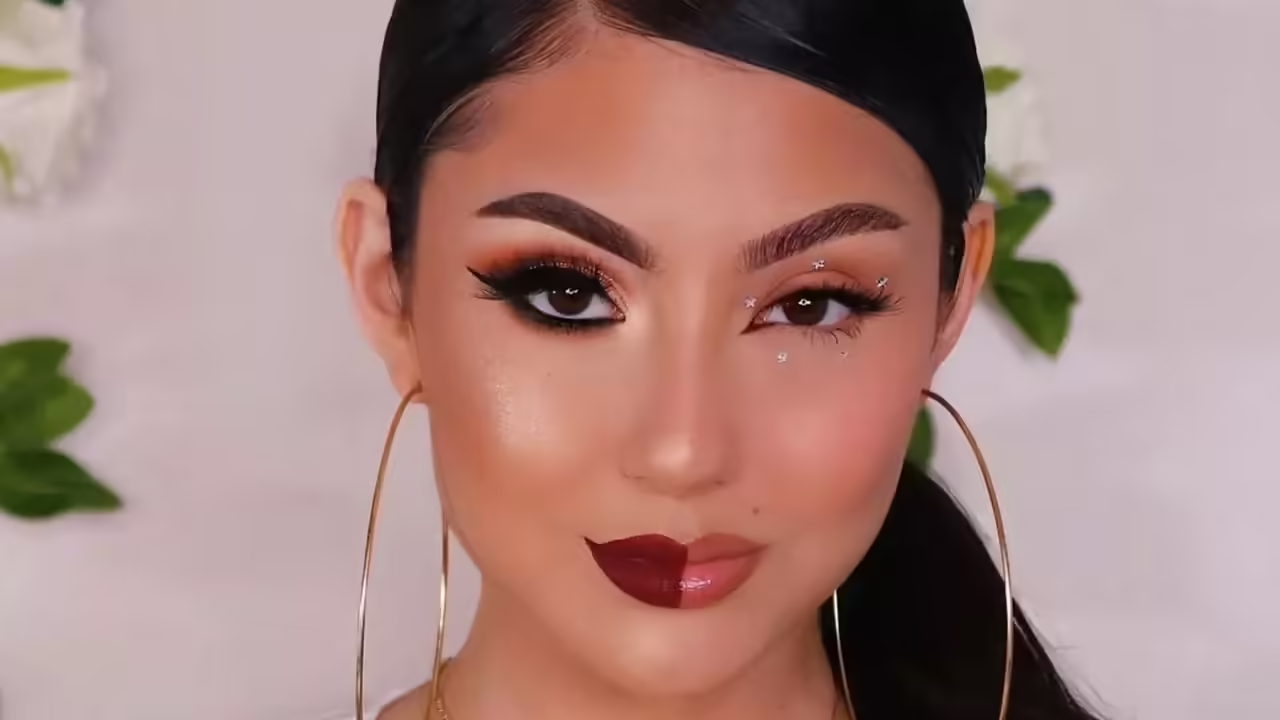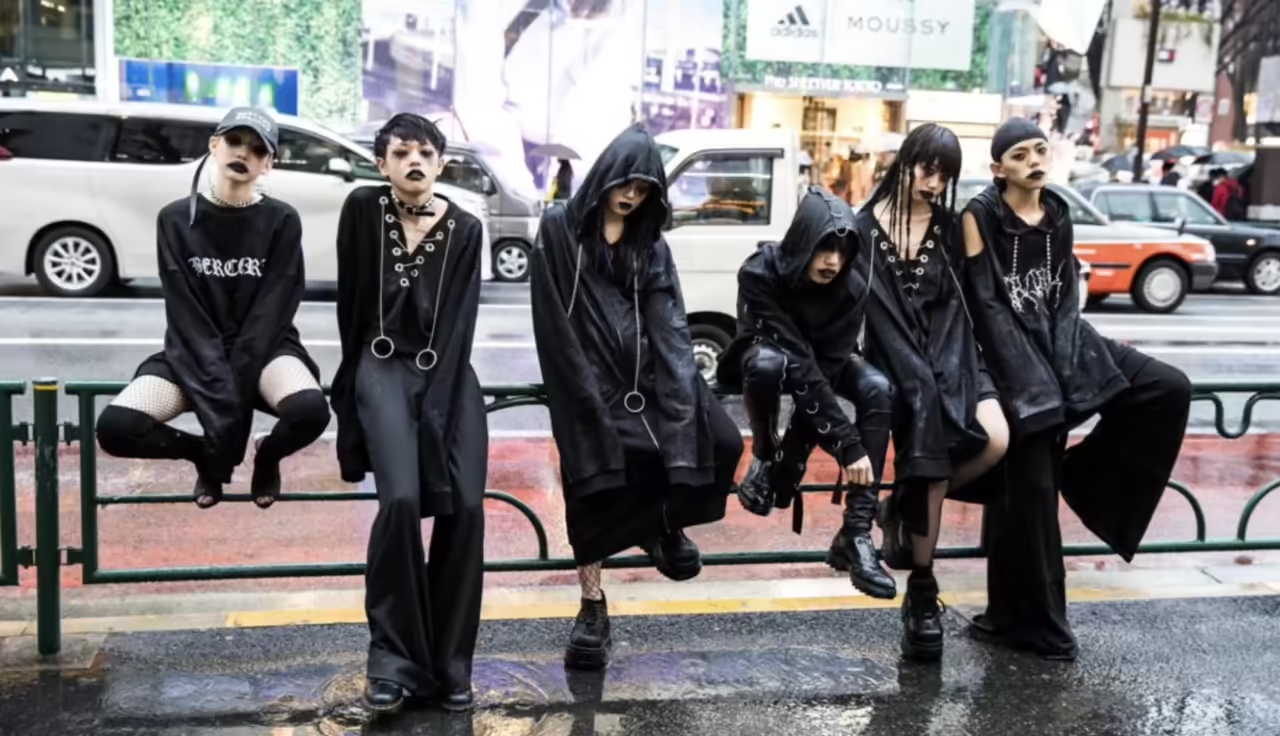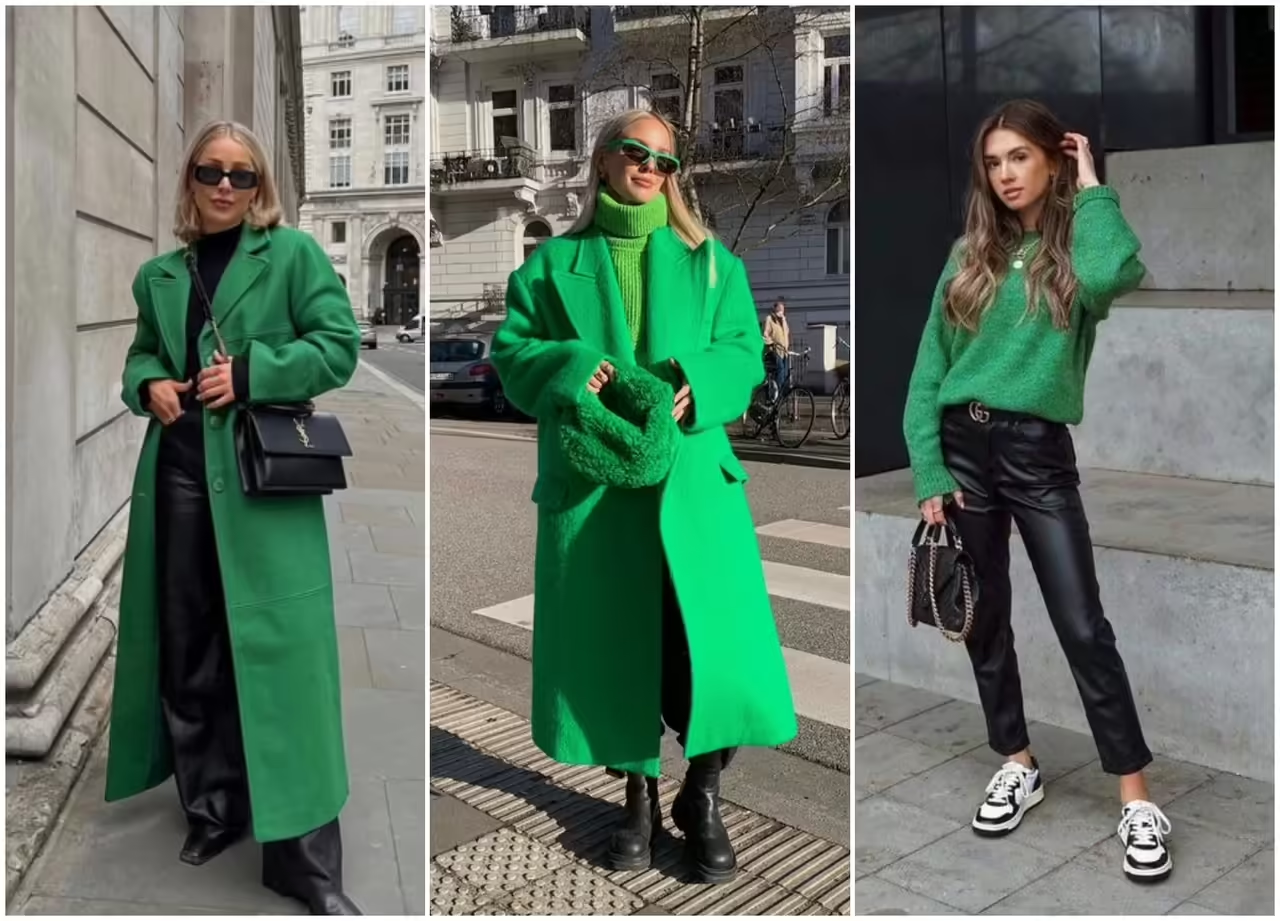
Makeup has long been an inseparable ally for both men and women in their quest to enhance natural beauty. More than a simple application of colors and textures, the art of makeup has evolved into a form of personal expression and a powerful tool to highlight the unique features of each individual.
The Transformative Power of Makeup
Since the dawn of civilization, people have sought ways to enhance their appearance, using natural products and eventually more elaborate formulas. Makeup is not just about concealing imperfections; it’s about bringing out the best in each person. The strategic application of shadows, eyeliners, lipsticks, and other products can have a transformative impact, instilling confidence and empowering those who use it.
Creative Expression and Self-Expression
Makeup is an artistic medium that allows people to express their creativity and personality. Through the combination of colors, techniques, and styles, each makeup session becomes an opportunity to create a unique work of art on the canvas of one’s own skin. Whether it’s a natural look for everyday wear or a bold and artistic creation for special events, makeup provides a limitless space for self-expression.
Confidence and Self-Esteem
Makeup not only has the power to enhance external beauty but also to strengthen internal confidence. By providing an additional layer of security, many people find in makeup a tool to face the world with a positive and empowered attitude. The feeling of being comfortable with oneself translates into increased self-esteem, contributing to building a positive and healthy self-image.
Evolution of Trends
The world of makeup is dynamic and always evolving. Trends change, reinvent themselves, and adapt to the times, reflecting the diversity and creativity of society. From classic and timeless styles to bold and avant-garde innovations, makeup allows people to experiment and adapt, keeping their appearance fresh and relevant.
The Importance of a Healthy Base
Although makeup can be a powerful tool, it is essential to remember the importance of a healthy base. Well-cared-for and well-nourished skin is crucial for achieving optimal results. Makeup can enhance beauty, but the health and hydration of the skin are key to ensuring an ideal canvas for any artistic creation.
Preparing the Skin: Tips and Steps to Prepare Your Skin Before Applying Makeup
Proper skin preparation is key to achieving flawless and long-lasting makeup. Before delving into the application of eyeshadows, foundations, and eyeliners, it is essential to follow some steps to ensure that your skin is in the best possible condition. Here are some tips and steps to prepare your skin before applying makeup:
- Deep Cleansing: Before applying any product, it is crucial to start with clean skin. Use a gentle cleanser to remove excess oil, dirt, and remnants of makeup from the previous day. Deep cleansing helps prepare the skin for the absorption of subsequent products.
- Regular Exfoliation: Exfoliation is essential to remove dead skin cells and promote cell renewal. Perform gentle exfoliation once or twice a week to achieve a smoother texture and an even skin tone.
- Hydration: Hydration is key to maintaining balanced and prepared skin for makeup. Apply a moisturizer that suits your skin type. Do not underestimate the importance of this step, even if your skin tends to be oily; there are light and oil-free formulas to meet all needs.
- Use a Primer: Applying a primer before makeup creates a smooth and even base, in addition to helping the makeup adhere more effectively and last longer. There are specific primers for different needs, such as minimizing pores, controlling shine, or correcting skin tone.
- Eye Contour Care: The skin around the eyes is more delicate and prone to dryness. Apply an eye contour product to moisturize and reduce the appearance of fine lines and dark circles. This will prepare this delicate area for the application of concealers and eyeshadows.
- Sun Protection: Never underestimate the importance of sun protection. Apply a suitable sunscreen before starting your makeup routine, even if the makeup you use has sun protection factor. Sun protection is essential to prevent long-term damage and maintain the health of your skin.
- Lip Hydration: Don’t forget your lips. Apply a moisturizing lip balm to ensure your lips are soft and ready for any lip product you decide to apply later.
- Let the Products Absorb: After applying each product (cleanser, exfoliator, moisturizer, etc.), allow time for it to be fully absorbed before moving on to the next step. This allows each product to effectively do its job.
By following these tips and steps, you will be creating a solid foundation for your makeup. Well-prepared skin not only enhances makeup application but also contributes to the overall long-term health of the skin. Get ready to showcase flawless and radiant makeup!
Basic Makeup for Beginners: A Step-by-Step Tutorial that Makes a Difference
Entering the world of makeup can be exciting and, at times, overwhelming for those taking their first steps in this fascinating universe. This step-by-step tutorial is specially designed for beginners, providing a simple and effective guide that will make a difference in your makeup experience.
Step 1: Skin Preparation
Before diving into the color palette, it is crucial to ensure that your canvas is clean and hydrated. By following a cleansing, exfoliating, and moisturizing routine, you will be creating the perfect base for your makeup.
Step 2: Primer Application
An essential step for long-lasting and smooth makeup is the application of facial primer. This product will prepare your skin, minimize pores, and ensure that your foundation stays impeccable throughout the day.
Step 3: Foundation
Choose a foundation that matches your skin tone. Apply it in small amounts and blend outward with a brush, sponge, or your fingers. The foundation will provide a uniform base for the rest of your makeup.
Step 4: Concealer
To cover dark circles and minor imperfections, concealer is your ally. Apply precisely and blend gently for a fresh and natural look.
Step 5: Translucent Powder
Seal your foundation and concealer with a light dusting of translucent powder. This step ensures that your makeup stays in place without diminishing the natural glow of your skin.
Step 6: Highlight Basic Features
For a subtle yet effective touch, lightly highlight your cheekbones, nose bridge, and Cupid’s bow. A powder or liquid highlighter will add a natural glow and accentuate your distinctive features.
This beginner’s tutorial provides the essential fundamentals to start your journey in the world of makeup. As you gain confidence, you can explore and experiment with different techniques and products. Have fun and discover your own unique style!
Contouring and Highlighting Techniques: Sculpting Your Face to Highlight Your Best Features
Contouring and highlighting are makeup techniques that have revolutionized how we define and accentuate our facial features. These practices can subtly transform the structure of your face, enhancing the best of your natural characteristics. Below is a step-by-step guide on how to use these techniques to sculpt your face:
Step 1: Understand Your Face: Before starting, observe your face to identify areas you want to highlight and those you want to contour. Typically, prominent areas like cheekbones, nose, and Cupid’s bow are highlighted, while areas like the sides of the nose, jawline, and temples are contoured.
Step 2: Contouring and Highlighting Products: Acquire specific contouring and highlighting products. A contour kit usually includes darker shades (contour) and lighter shades (highlight). You can choose between powder, cream, or liquid products based on your preferences and skin type.
Step 3: Contour Application: Use the darker shade to contour the desired areas. Apply the product along the jawline, sides of the nose, and temples. Blend well to avoid harsh lines, using a makeup brush or sponge.
Step 4: Highlight Application: Apply the lighter shade to areas you want to highlight. This typically includes the center of the forehead, nose bridge, cheekbones, and Cupid’s bow. Blend gently for a natural and luminous look.
Step 5: Blend Contour and Highlight: For a smoother and more natural finish, blend the contoured and highlighted areas. Avoid harsh lines and achieve a seamless transition between the two tones. This step is crucial for effective contouring and highlighting.
Step 6: Adjust Based on Your Face Shape: Consider your face shape when contouring and highlighting. For example, if your face is round, you may want to contour the temples slightly to visually lengthen the face. If your face is square, focus on softening the jawline.
Step 7: Set with Powder: Apply a thin layer of translucent powder to set the contour and highlight in place. This ensures that your effort to sculpt the face lasts throughout the day.
By mastering these contouring and highlighting techniques, you can accentuate your best features and achieve a more defined and sculpted appearance. Experiment with different products and methods to discover what works best for you and enhances your natural beauty!
Common Mistakes and How to Avoid Them: Identify and Avoid the Most Common Makeup Application Errors
Applying makeup can be an art, but even the most experienced artists can make mistakes. Here are some common mistakes when applying makeup and how to avoid them to achieve a flawless look:
- Not Preparing the Skin:
- Mistake: Skipping skin preparation can make the makeup not adhere well and look uneven.
- How to Avoid: Cleanse, exfoliate, and moisturize your skin before applying makeup. Use a primer to create a smooth and even base.
- Mismatching Foundation Shade:
- Mistake: Using a foundation that doesn’t match your skin tone can create noticeable lines and an uneven look.
- How to Avoid: Test the foundation on your jawline to find the perfect match. Adjust according to the seasons if necessary.
- Applying Too Much Powder:
- Mistake: Applying too much powder can make your skin look dry and overly made up.
- How to Avoid: Apply powder lightly and only in necessary areas to set the makeup. Avoid excess powder on dry areas.
- Not Blending Concealer:
- Mistake: Not blending concealer properly can result in accumulation in fine lines and wrinkles.
- How to Avoid: Use a sponge or brush to blend the concealer, ensuring coverage without excess product.
- Overloading Eyebrows:
- Mistake: Filling in eyebrows excessively or with the wrong shade can give an unnatural look.
- How to Avoid: Fill in brows with light strokes and use a shade that matches your hair color.
- Poor Contour Blending:
- Mistake: Poorly blended contour can make lines obvious and unnatural.
- How to Avoid: Blend contour well for a sculpted yet natural appearance. Avoid harsh and exaggerated lines.
- Ignoring Lighting Conditions:
- Mistake: Applying makeup without considering lighting can result in a different look in different environments.
- How to Avoid: Apply makeup in natural light whenever possible and check your look in various lighting conditions before going out.
- Neglecting Brush Cleanliness:
- Mistake: Using dirty brushes can affect application and cause skin irritations.
- How to Avoid: Regularly clean your brushes with a specific cleaner or gentle shampoo to keep them free of bacteria.
- Not Adapting Makeup to Climate:
- Mistake: Not adjusting your makeup routine according to the climate can result in an uneven look.
- How to Avoid: Use products suitable for humid or dry climates and adjust the quantity based on environmental conditions.
By avoiding these common mistakes, you will significantly improve your ability to apply makeup and achieve a more natural and polished look. Remember that practice and patience are key to perfecting your skills in the art of makeup.







